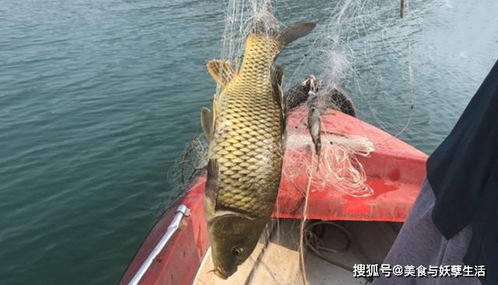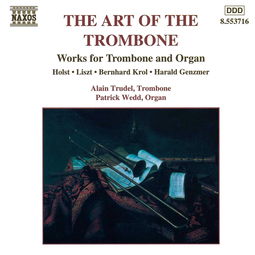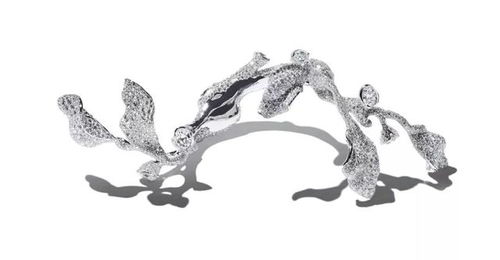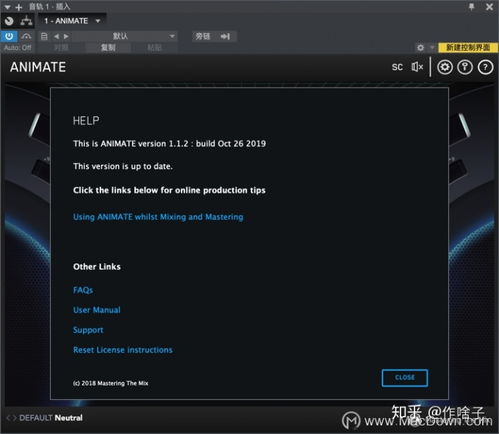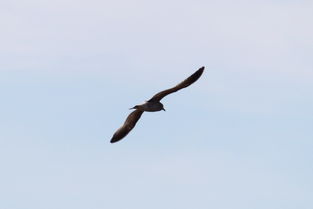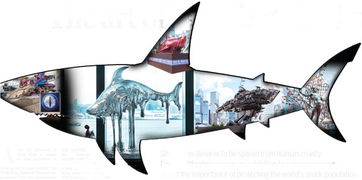Content:
Embarking on a fishing adventure is a thrilling experience that not only tests your patience but also challenges your skills. Whether you are a seasoned angler or a beginner looking to hone your fishing prowess, Training Island offers an ideal setting to learn and refine your fishing techniques. Here's a comprehensive guide on how to master the art of fishing on Training Island.
Understanding the Basics
Before you set foot on Training Island, it's crucial to understand the basics of fishing. This includes familiarizing yourself with the different types of fishing rods, reels, baits, and lures. Here's a quick rundown:
- Fishing Rods: These come in various lengths and actions, designed to suit different fishing styles. Longer rods are ideal for casting over long distances, while shorter rods are better for tight spaces.
- Reels: There are two main types of reels - spinning reels and baitcasting reels. Spinning reels are more forgiving for beginners, while baitcasting reels offer more control and are better for casting heavier lures.
- Baits and Lures: Baits are natural food sources, such as worms or insects, while lures are artificial imitations of fish prey. Choose baits and lures that are known to attract the species you're targeting.
Arriving at Training Island
Upon arriving at Training Island, take a moment to observe your surroundings. Look for natural landmarks that can help you navigate the island. Remember, the more you know about your environment, the better you can plan your fishing strategy.
Setting Up Your Equipment
Before you start fishing, ensure that your equipment is in good working order. Here's a checklist:
- Check Your Rod and Reel: Ensure that the line is tight and the reel is properly lubricated.
- Inspect Your Lures and Baits: Make sure they are in good condition and not damaged.
- Tie the Knot: Learn to tie a reliable fishing knot, such as the Palomar knot or the Clinch knot, to secure your lure or bait to the line.
Choosing Your Spot
Training Island offers a variety of fishing spots, each with its own unique characteristics. Here are some tips for choosing the right spot:

- Look for Cover: Fish often seek cover, such as rocks, logs, or weed beds, to hide from predators. These areas are great spots to cast your line.
- Study the Shoreline: Pay attention to the shape of the shoreline. Steep, rocky shores are often productive, as they provide a natural drop-off that fish use to ambush prey.
- Check the Current: If you're fishing in a river or stream, look for areas where the current is slower. These spots are often where fish gather to rest.
Techniques for Catching Fish
Now that you've chosen your spot, it's time to start fishing. Here are some essential techniques to help you catch more fish:
- Cast Your Line: Learn to cast your line with precision. Practice different casting techniques, such as the overhead cast, sidearm cast, and roll cast, to find the one that works best for you.
- Bait Your Hook: Once your line is in the water, attach your bait or lure to the hook. Make sure it's securely attached and that the hook is sharp.
- Work the Bait: Move your bait or lure in a way that mimics the natural movement of the fish's prey. This can be done by twitching the rod, varying the speed of retrieval, or using a jigging motion.
- Set the Hook: When you feel a tap or pull on your line, set the hook quickly but gently. A sudden, forceful pull can cause the fish to spit out the bait.
- Play the Fish: Once you've set the hook, play the fish with patience and skill. Keep your rod tip up and use a controlled, steady pressure to land the fish.
Learning from the Pros
Training Island is not just a place to fish; it's also an opportunity to learn from experienced anglers. Here are some tips on how to make the most of this learning experience:
- Observe and Ask: Watch how the pros fish and don't hesitate to ask them for advice.
- Join a Group: Many fishing clubs or communities offer group outings where you can learn from more experienced members.
- Take a Course: Consider taking a fishing course or workshop to learn advanced techniques and strategies.
Conclusion
Mastering the art of fishing on Training Island requires patience, practice, and a willingness to learn. By understanding the basics, choosing the right spot, and applying effective techniques, you'll be well on your way to becoming a skilled angler. Remember, the beauty of fishing lies not just in the catch, but in the journey and the experience it brings. Happy fishing!
